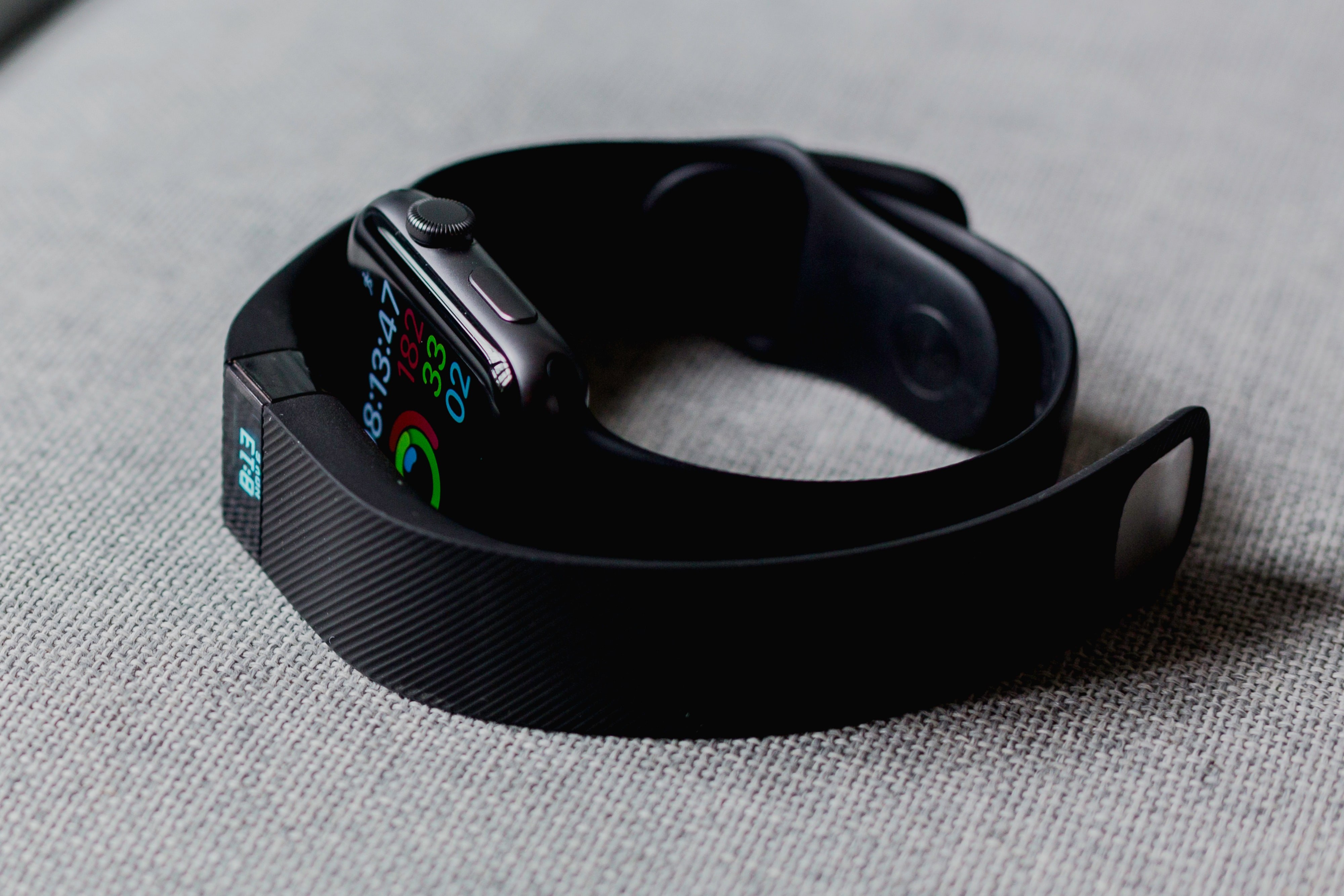
For patients with COVID-19 or other infectious diseases, remote patient monitoring (RPM) allows for regular check-ups without direct contact between patient and provider. In addition to offering protection from the spread of disease, RPM allows patients to recover in the comfort of their own home, reducing stress and oftentimes improving their outcome.
In August, the Centers for Medicare and Medicaid Services (CMS) issued clarifications and proposals regarding RPM services eligible for reimbursement under the Medicare program. Here are answers to the most frequently asked questions when it comes to RPM and these new clarifications and proposals set forth.
What is RPM?
Remote Patient Monitoring involves the collection of physiological patient data. Providers use this data to determine and manage treatment plans.
Who Qualifies for RPM?
Although the CMS originally classified RPM for the treatment and management of chronic illness, proposed changes allow providers to evaluate and treat acute illness as well. This is especially important now, as an increasing number of patients seek care during the pandemic.
Are New Patients Eligible for RPM?
The CMS proposed rule limits RPM services to established patients only. However, this rule does not apply during the Public Health Emergency (PHE). Throughout the PHE, new patients can receive Medicare coverage for RPM without receiving a prior in person evaluation.
Who Can Order and Bill for RPM Services?
Any provider that can order or bill Medicare for E/M services may order and bill for RPM services. This includes eligible physicians and non-physician practitioners.
Who Can Provide RPM Services?
The CPT Codes for RPM services include CPT code 99091, 99457, and 99458. While physicians or other qualified healthcare personnel may provide services covered under CPT code 99091, clinical staff may furnish CPT codes 99457 and 99458 as long as services occur under the supervision of a qualified physician.
In addition to the above-mentioned CPT codes, the CMS proposed rule allows auxiliary personnel to furnish services under CPT codes 99453 and 99454 as long as they do so under the supervision of the billing physician. Auxiliary personnel may include leased or contracted employees.
What Does Interactive Communication Mean?
For CPT codes 99257 and 99458, the CMS requires providers to have interactive communication with patients. This may include audio and visual communications conducted over a secure telehealth platform. At the very least, patients must receive at least 20 minutes of real-time two-way audio interaction.
What Types of RPM Devices Does Medicare Cover?
Providers may use a variety of RPM devices to evaluate patients. In order to qualify for coverage, the RPM device used must be reasonable and necessary for the diagnosis and treatment of the patient’s condition. The device must meet FDA standards for medical devices as described in section 201(h) of the Federal, Food, Drug, and Cosmetic Act.
How Often Must the RPM Device Be Used?
In order to bill for RPM devices, monitoring must occur for a minimum of 16 days per month. It’s important to note that providers can only bill for CPT codes 99453 and 99454 once in any 30-day period.
What Are RPM Practice Expense Codes?
CPT codes 99453 and 99454 cover practice expenses for RPM services. The expenses covered under these codes include staff time, supplies, and equipment including medical devices used to monitor patients.
When Can Providers Bill RPM Monitoring and Management Codes?
After collecting and analyzing patient data, providers develop a treatment plan which they manage until the patient no longer requires care. CPT codes 99457 and 99458 describe RPM treatment and management of a variety of conditions. Providers cannot bill for services provided under these codes until after the initial evaluation and analysis period is complete.
Let’s Talk Interactive provides HIPAA-compliant telemedicine solutions that enable providers to conduct RPM treatment and management. Our telehealth platform enables providers to securely reach more patients in less time than possible with in-person visits. Please contact us for information about our services.